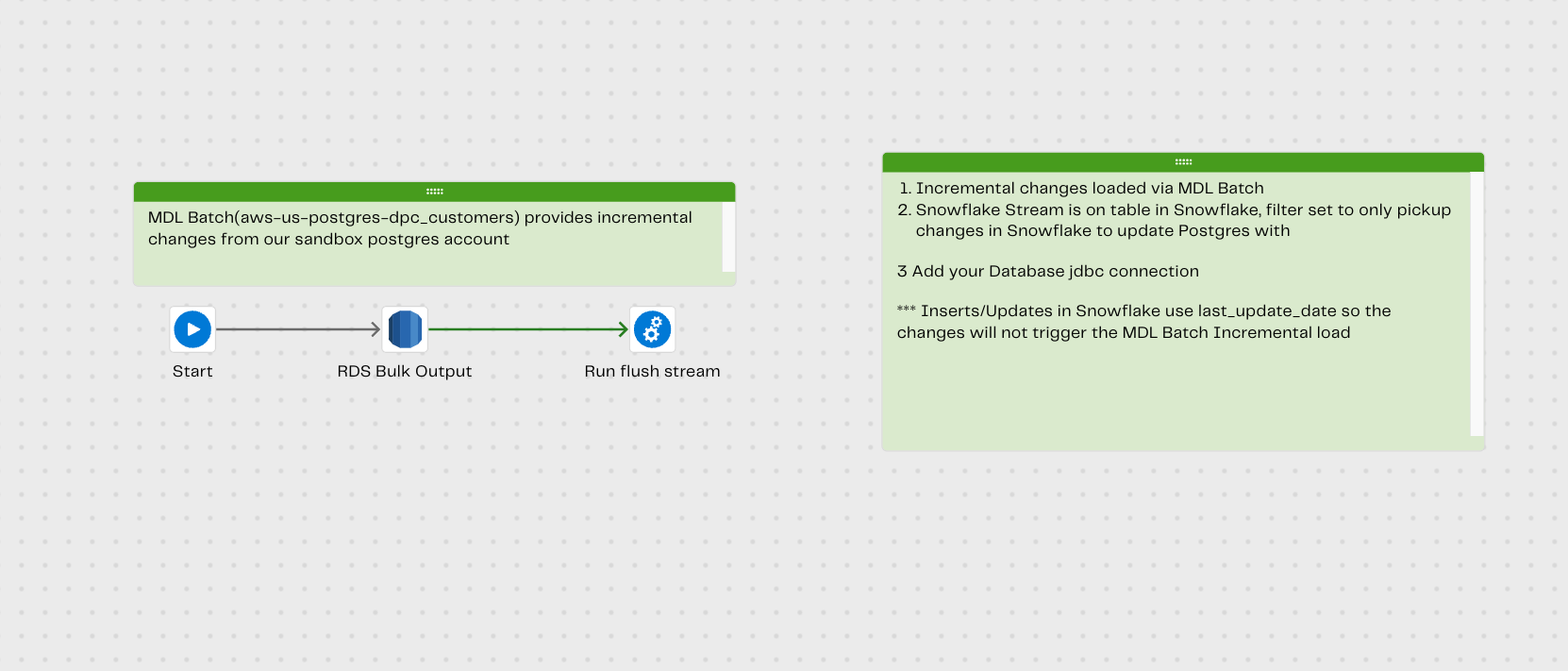- Blog
- 04.15.2024
- Technically Speaking
The Importance of Reverse ETL in the Enterprise

Many of our Customers are on a journey to Snowflake. They are loading data from Oracle, SQL Server, and Postgres into Snowflake, doing transformations, and making Snowflake the primary source of data for reporting. They still use the source systems for a period while transitioning to Snowflake.
This brings a critical challenge: maintaining data consistency across all systems as data in Snowflake doesn't match the source system, and they need a design pattern to keep source systems in sync with changes being made in Snowflake.
Ensuring Data Consistency
Enter Reverse Extract, Transform, and Load (ETL) leveraging Matillion and Snowflake Streams. Matillion and Snowflake Streams address this challenge by synchronizing updated data back to operational systems.
By utilizing Snowflake Streams on tables that undergo changes in Snowflake, organizations can capture these modifications and write them back to the source systems. Executing this process using primary keys and update strategies ensures alignment between Snowflake and source systems
So you won't have users of the source systems showing up at meetings, with the Snowflake users having different reports. It could be embarrassing if one set of reports shows a revenue of $100 million while the other shows $95 million!

Why Reverse ETL?
Reverse ETL involves moving data from a data warehouse or data lake back to an operational system, such as a Customer Relationship Management (CRM) or marketing automation platform.
There are three main benefits of doing this:
Data Activation
- Reverse ETL allows organizations to leverage insights gained from their data warehouse or data lake to drive action in operational systems
- For example, customer segmentation analysis performed in a data warehouse can be used to update customer records in a CRM, enabling targeted marketing campaigns or personalized customer interactions.
Near Real-time Data Synchronization
- By syncing data from the centralized data warehouse back to operational systems in near-real-time, reverse ETL ensures that operational systems have access to the most up-to-date information.
- This enables businesses to make timely decisions and provide enhanced customer experiences
Unified Data Ecosystem
- Reverse ETL helps in creating a unified data ecosystem by connecting disparate data sources and systems.
- By bringing data from a data warehouse back to operational systems, organizations can ensure consistency and accuracy across different platforms, leading to improved data-driven decision-making and operational efficiency.
Matillion is a leading data engineering platform that introduces a transformative approach to data management with the Data Productivity Cloud. The platform fosters collaboration, boosts productivity, and offers a seamless, user-friendly interface that doesn't require coding skills. Try out its flexible and cost-effective solutions with pay-for-what-you-use pricing.

Alan Goodrich
Enterprise Solution Engineer
Featured Resources
What Are Feature Flags?
Feature flags are a software development tool that has the capability to control the visibility of any particular feature. ...
BlogHow Your Data Teams Can Do More With Marketing Analytics
Improve your marketing analytics with Matillion Data Productivity Cloud that enables businesses to centralize and integrate ...
BlogThe Importance of Data Classification in Cloud Security
Data classification enables the targeted protection and management of sensitive information. Personally Identifiable ...
Share: